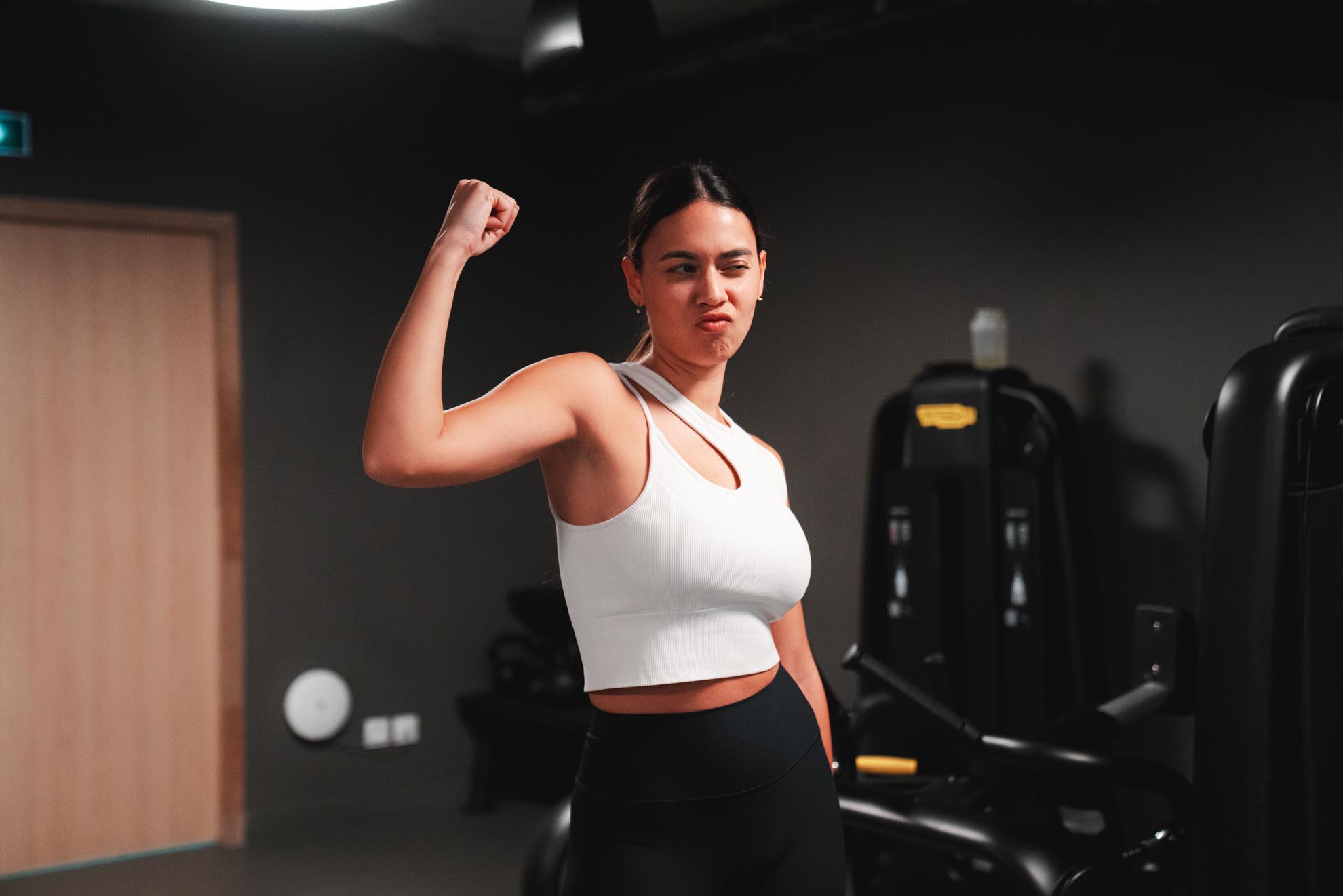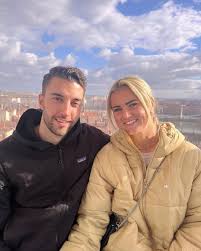In the digital age, social media has become far more than a means of communication—it is now a dominant force shaping opinions, trends, and even cultural values. Nowhere is this more evident than in the realm of beauty. Platforms like Instagram, TikTok, and YouTube have turned influencers into icons and ev
In the digital age, social media has become far more than a means of communication—it is now a dominant force shaping opinions, trends, and even cultural values. Nowhere is this more evident than in the realm of beauty. Platforms like Instagram, TikTok, and YouTube have turned influencers into icons and everyday users into trendsetters, redefining what it means to be “beautiful” in the modern world.
While traditional media once dictated narrow ideals—thin, white, symmetrical—social media has cracked that mold wide open. Today, diverse representations of race, body shape, gender, and style are gaining traction and visibility online. Viral makeup tutorials, body-positive campaigns, and user-generated content are reshaping public perception on a global scale.
According to a 2021 study by the American Psychological Association, 70% of young adults reported that social media influenced how they viewed their own appearance. The research also highlighted a link between social media use and body dissatisfaction, especially among women and teenagers. These findings underscore how significant and far-reaching the impact of digital platforms has become on our collective self-image.
As we explore this shifting landscape, it becomes clear that social media has ushered in a new era—one where beauty standards are no longer dictated from the top down but are shaped organically through likes, shares, and hashtags.
The Shift from Editorial Perfection to Authenticity
Before the rise of social media, glossy magazines and television ads were the gatekeepers of beauty ideals. Carefully curated and Photoshopped images conveyed a polished perfection that was nearly impossible to attain. Today, that old paradigm is giving way to authenticity, with influencers and creators choosing to highlight their flaws and imperfections instead.
One reason for this shift is the popularity of unfiltered content. Whether it’s acne-positive selfies or behind-the-scenes bloopers, users are craving realness. These honest portrayals help foster a sense of relatability and reduce the pressure to conform to unrealistic appearances. Consequently, the new wave of beauty standards encourages uniqueness over uniformity.
This change is also driven by algorithmic preferences. Authentic content tends to generate more engagement, which motivates creators to be more vulnerable online. In return, audiences reward them with loyalty, support, and brand partnerships. The message is clear: perfection is out, realness is in.
By redefining what’s “camera-ready,” social media has turned the spotlight onto lived experiences, empowering people to embrace and celebrate their individuality.
Influencers as the New Beauty Icons
In the past, supermodels and Hollywood celebrities dominated beauty campaigns. Today, influencers have become the go-to faces for major cosmetic brands. With millions of followers and daily content, creators like Bretman Rock, Nyma Tang, and Jackie Aina have redefined how beauty is marketed and consumed.
These influencers often speak to niche communities, providing personalized content that resonates deeply with their audiences. Instead of one-size-fits-all messaging, they offer tailored recommendations, tips, and tutorials that cater to different skin tones, hair types, and styles—further diversifying the image of beauty standards.
Many of them also partner with an agência de marketing digital to develop their brand presence, amplify reach, and monetize their platforms through strategic collaborations.
Another advantage influencers have is their perceived authenticity. Audiences see them as “real people,” not untouchable celebrities, which creates stronger emotional connections. Their honest reviews and storytelling build trust, making their recommendations more impactful than traditional ads.
As a result, the power dynamics of the beauty industry are shifting. No longer controlled solely by corporate executives, trends are now born in bedrooms, bathrooms, and home studios across the globe.
Filters, Face Apps, and the Pressure to Look Perfect
Despite the rise in authenticity, there’s a flip side: digital filters and editing apps are more accessible than ever, creating new pressures to present an idealized version of oneself. Apps like Facetune and Snapchat filters blur the line between enhanced and unrealistic beauty.
This constant exposure to altered images can lead to a distorted self-image. Many users, especially young people, internalize these edited versions of beauty as the new norm. As these polished images flood timelines, they reinforce narrow beauty standards disguised as attainable looks.
Even influencers who champion authenticity admit to occasionally using filters. The danger lies in the lack of transparency. Without proper context, audiences may believe these idealized versions are natural, leading to feelings of inadequacy or a desire for cosmetic interventions.
While filters can be fun and creative tools, their impact on mental health and self-perception must be acknowledged. Balancing self-expression with authenticity remains a critical challenge for creators and consumers alike.
Body Positivity and Inclusive Campaigns
Social media has also given rise to the body positivity and inclusivity movements. Hashtags like #BodyPositive and #AllBodiesAreGoodBodies have created spaces where people of all shapes, sizes, genders, and ethnicities can be seen and celebrated.
These online communities are actively challenging harmful beauty standards by promoting acceptance and representation. Brands have started to take note, featuring plus-size models, transgender influencers, and older individuals in their campaigns—something rarely seen a decade ago.
Guest writers in platforms like a blog para E-commerce have explored how this shift in beauty representation has affected online shopping behavior and brand loyalty among diverse audiences.
This movement isn’t just about aesthetics; it’s about dismantling the idea that beauty has a “correct” form. It’s also about reclaiming space in industries that historically excluded anyone who didn’t fit the mold. Through storytelling and activism, social media is creating lasting cultural shifts.
Yet, inclusivity must go beyond tokenism. To truly redefine the standard, consistent and genuine representation needs to be embedded in every layer of content creation and brand strategy.
The Future of Beauty: Personalized, Ethical, and Decentralized
As technology advances, so too does the way we interact with beauty. AI-driven skincare apps, virtual try-ons, and personalized product recommendations are changing how consumers approach self-care. This shift allows for more tailored experiences, challenging one-size-fits-all beauty standards.
Consumers are also more ethically aware. Many demand cruelty-free, vegan, or sustainable products and expect brands to reflect their values. Social media has played a major role in holding companies accountable and amplifying ethical choices through viral posts and reviews.
Another emerging trend is decentralized beauty influence. Instead of a few mega-influencers, we now see thousands of micro-influencers shaping preferences within specific subcultures. These voices collectively create a dynamic and inclusive beauty narrative.
In the end, beauty is becoming more democratic. Rather than being told what’s beautiful, users are deciding that for themselves—and broadcasting it to the world.
Ready to Start?
Social media has permanently altered the way we define beauty. What began as a tool for sharing moments has evolved into a platform for reshaping cultural norms, challenging exclusion, and amplifying diversity. It has made beauty more interactive, more inclusive, and more reflective of real human experiences.
Still, with great influence comes great responsibility. The tools that empower can also harm, and navigating this duality is part of the ongoing transformation. As users become more media-savvy, they continue to demand transparency, authenticity, and representation from both creators and brands.
Ultimately, the future of beauty standards will be shaped by connection—not conformity. In this new era, beauty is not a single ideal but a spectrum, and social media is the mirror reflecting all its colors.



